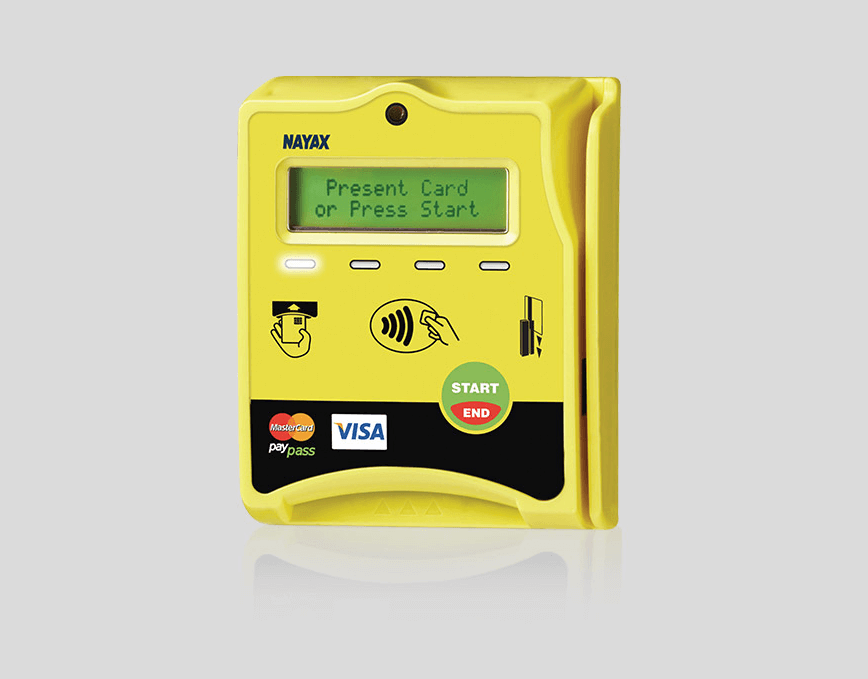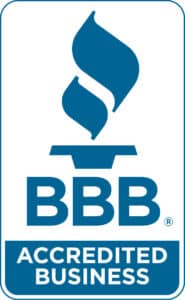
And How It Affects Your Vending Machine…
In an effort to reduce the percentage of childhood obesity in the United States, the federal government has elected to alter the rules and regulations put forth by the US Department of Agriculture for snack and drink vending machines. These guidelines are being put into place in order to safeguard the health and well-being of future generations. For most people, this revolution won’t change anything. However, aside from nutrition coordinators and schoolchildren, there is a small minority who will certainly feel the impact of new procedures. You can find the current regulations here. Vending machines are in the halls of schools all over the country. Behind those machines are vending machine proprietors and business owners whose livelihood depends on what products are in their machines, and the demand from consumers to purchase those products. Knowing the latest nutritional information and restrictions is essential for these entrepreneurs to succeed in their business and, with that in mind, here is a list of the newest facts and regulations issued by the USDA:
All Foods
Must be “whole grain-rich” products; or have a fruit, vegetable, dairy, or protein as their first ingredient; be a combination food that contains at least 1/4 cup of fruit and/or vegetable; or contain 10 percent of the daily value of one of the nutrients of public health concern in the 2010 Dietary Guidelines for Americans (calcium, potassium, vitamin D, or dietary fiber.)
Limits Per Serving
Calories: Snack: 200; Entrée: 350 Sodium: Snack: Less than 230 mg.; Entrée: 480 mg. Fat: Snack: 35% of calories; Entrée: Less than 10% of calories; Trans fat: zero grams Sugar: 35% of weight from total sugars in foods NOTE: Beginning July 1, 2016, foods may not qualify using the 10% daily-value criteria, and snack items must contain no more than 200 mg. sodium per item.
Beverages
Juice: 100% fruit juice or vegetable juice with no added sweeteners Milk: Unflavored, low-fat, or flavored low-fat milk; milk alternatives are allowed. Water: No restrictions on plain water (with or without carbonation)
So What’s In and What’s Out? Here are a few examples…
What’s In | What’s Out |
| Light Popcorn | Chocolate Sandwich Cookie |
| Granola Bar | Chocolate Bar |
| Flavored Water | Soda Pop |
| Baked Potato Chips | Candy |
| Trail Mix | Snack Cakes |
| Dried Fruits | Cookies |
| Fruit Cups | Pretzels |
| Yogurt | Ice Cream |
| Diet Sodas | High Calorie Sodas |
| Diet Sports Drinks | High Calorie Sports Drinks |
When determining what merchandise to stock in a machine, keep a few key things in mind; under the new rules, most food sold in school will now be subject to fat, calorie, sugar and sodium limits. Snack foods will have to be less than 200 calories and have some nutritional value instead of being mostly empty calories. By respecting these new directives, a vendor is choosing to be a part of the cause and is helping reduce the consequences of childhood obesity, along with ensuring a secure, long-standing enterprise for future years to come. To learn more about healthy vending options, visit our blog here. The Discount Vending Store is always striving to offer the best service and satisfaction to our customers. Like us on Facebook and follow us on Twitter to stay up to date on all the newest vending information!!!
Order Today!
Order your custom OMNI Healthy vending machines today! Be the first in the industry to own these ground-breaking smart Healthy vending machines.Contact us with Any Questions!
We love to share our vast knowledge about the vending industry. Please click the button below, or call 1-855-200-8363 for a FREE consultation and custom quote.







